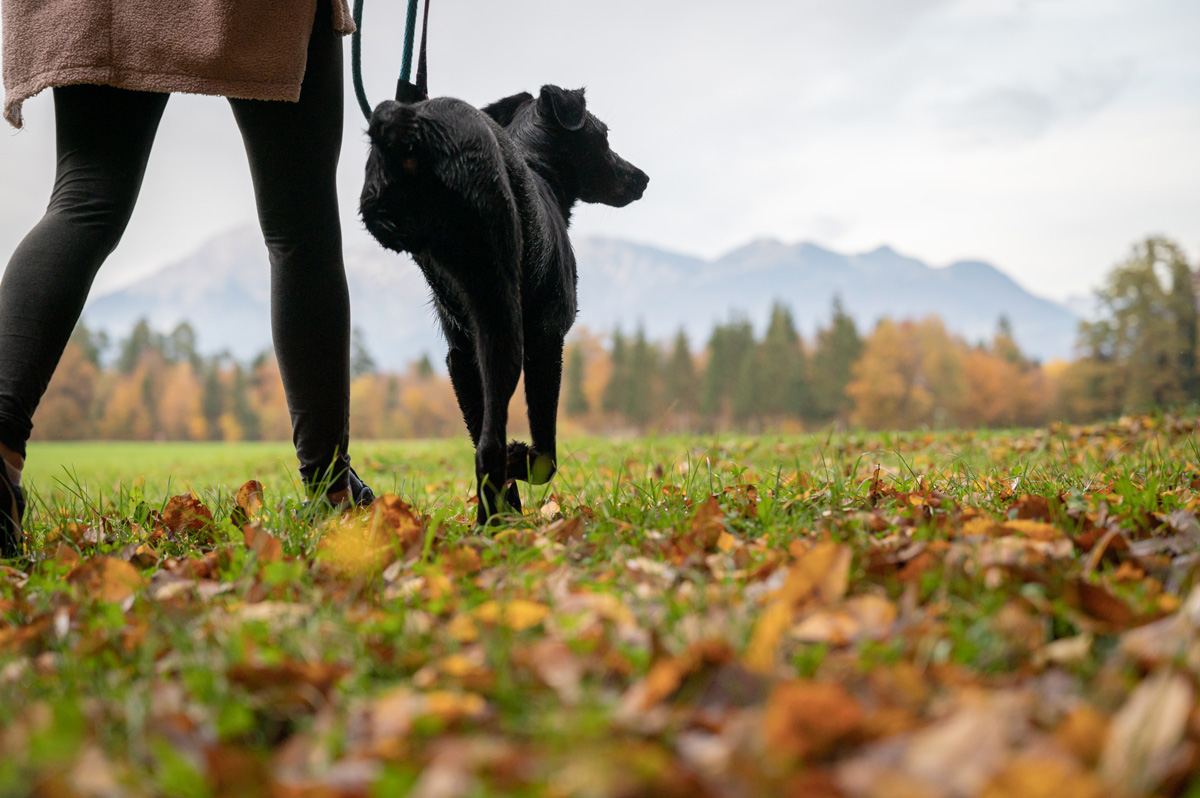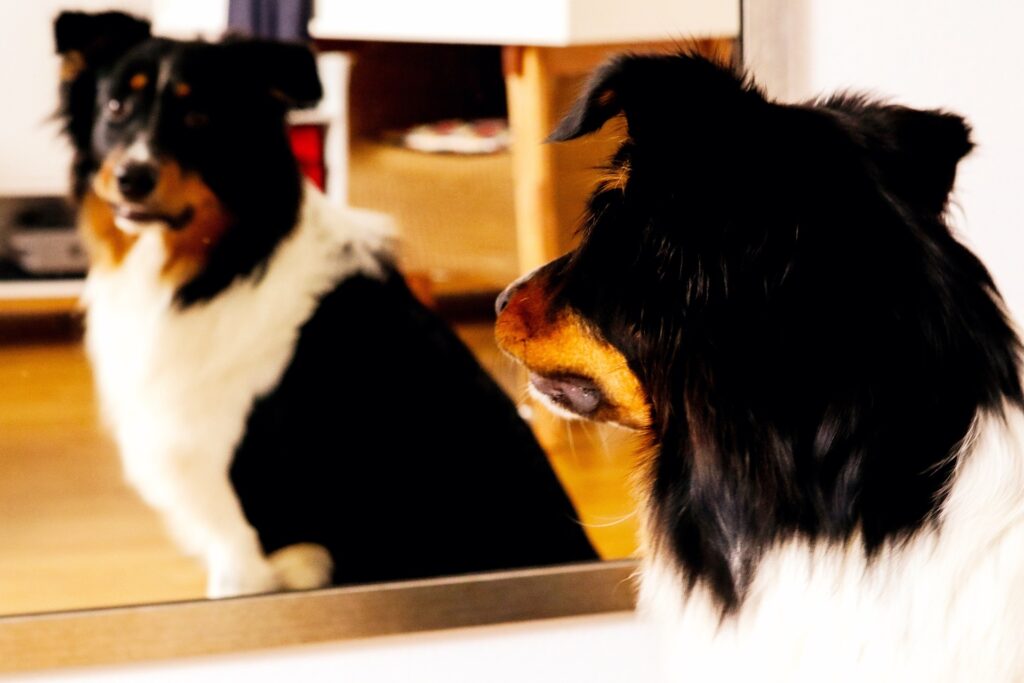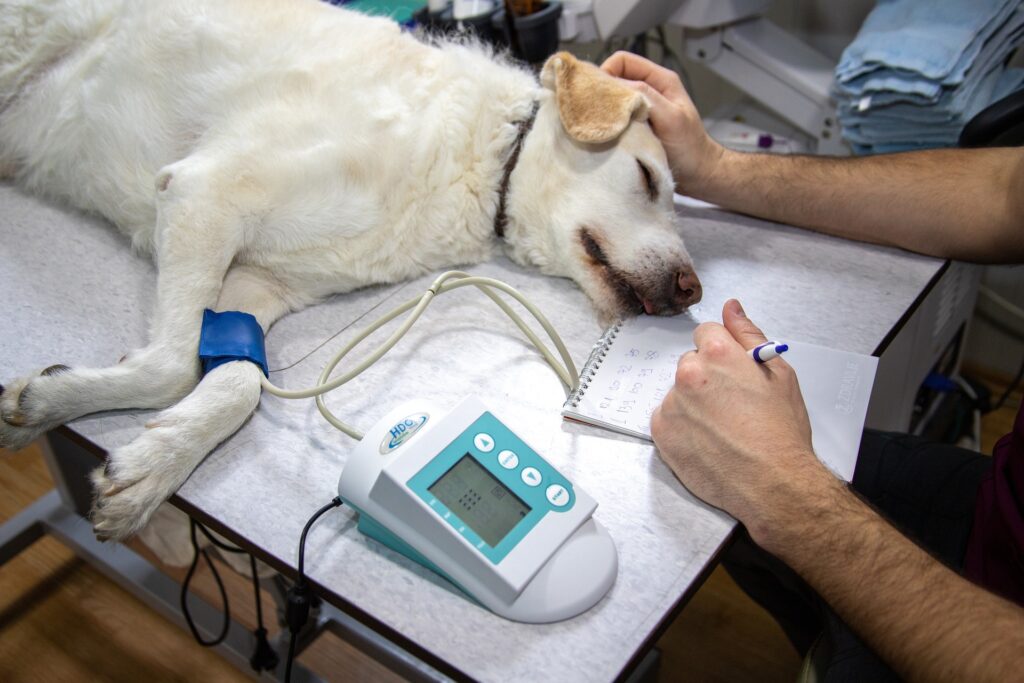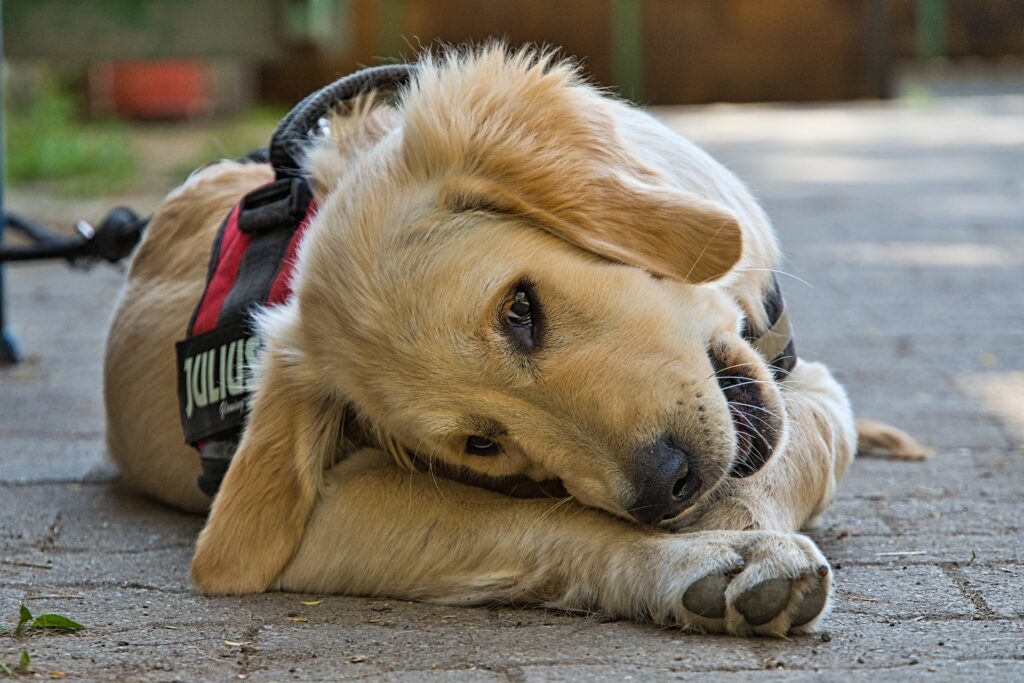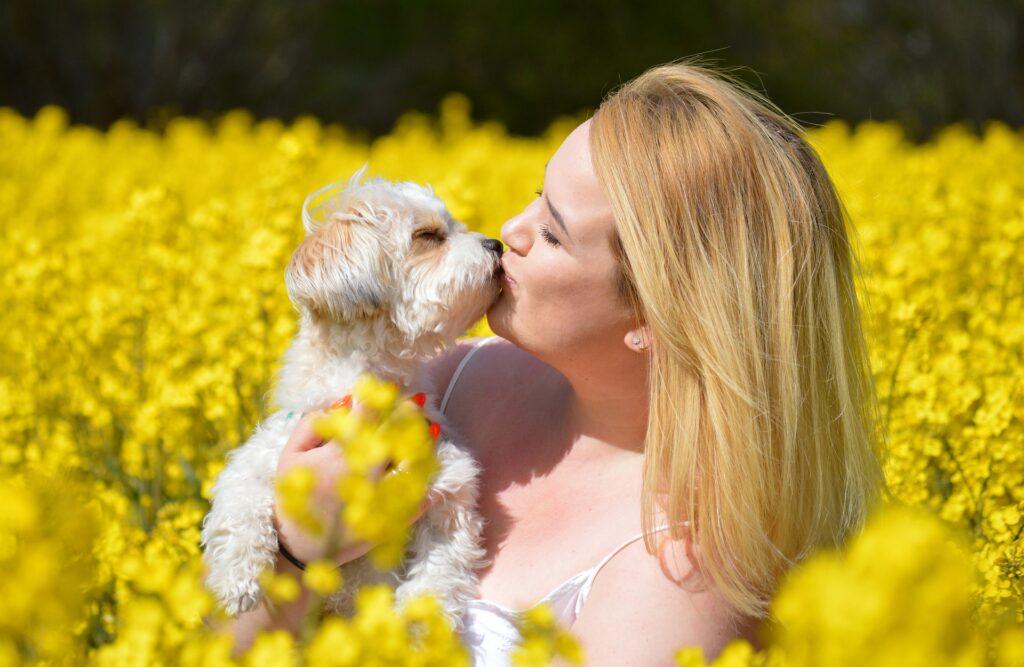A common reaction when people see a three-legged dog is sympathy (“Poor thing…”), or admiration. (“What a brave pooch!”). Both are understandable.
For humans, amputation can involve complex psychological and emotional issues. For dogs? Less so. Dogs have no notion of body image, no mental image of what they are supposed to look like. What they care about falls into two major categories: One, whether they are in pain. Two, whether they can do things they love: go for walks, play with toys, eat yummy food, get belly rubs, snuggle on the couch, etc.
A painfree, well-fed dog with a loving home doesn’t give a hoot that her daily walk happens in the characteristic tripaw hop instead of a four-legged lope.
Amputee dogs, often called tripaws or tripods, generally lose a limb either as a result of an accident or as a means to prevent cancer from spreading. In rarer cases, a congenital deformity makes the leg nonfunctional.
The number one cause is canine osteosarcoma, or bone cancer, an aggressive disease that can rapidly spread into other parts of the dog’s body. Treatment for this kind of tumor is limited to surgical removal and chemotherapy, and the prognosis is often dire.
Radical as it may sound, amputation is usually the best option. Many tripaws go on to live normal life spans after surgery. Because dogs carry about 60 percent of their weight up front, losing a hind leg is easier than losing a front leg. But front-leg amputees adapt too. Even dogs with moderate arthritis can do well on three legs.
Guardians of amputee dogs can also do a lot to make the transition easier. A tripaw-friendly home has non-slip surfacing on stairs and floors, as well as ramps for climbing up on sofas and into cars. A harness with a handle the human can hold can help dogs navigate difficult stairs and uneven ground.
Walking on softer surfaces, such as grass, while out and about can put less stress on remaining joints. And a whole range of fitness gear has been developed to help tripaws strengthen their remaining limbs and improve their balance.
For the rest of us, encountering tripaws out and about? Love them up like nothing has changed, because, to them, nothing that truly matters has.
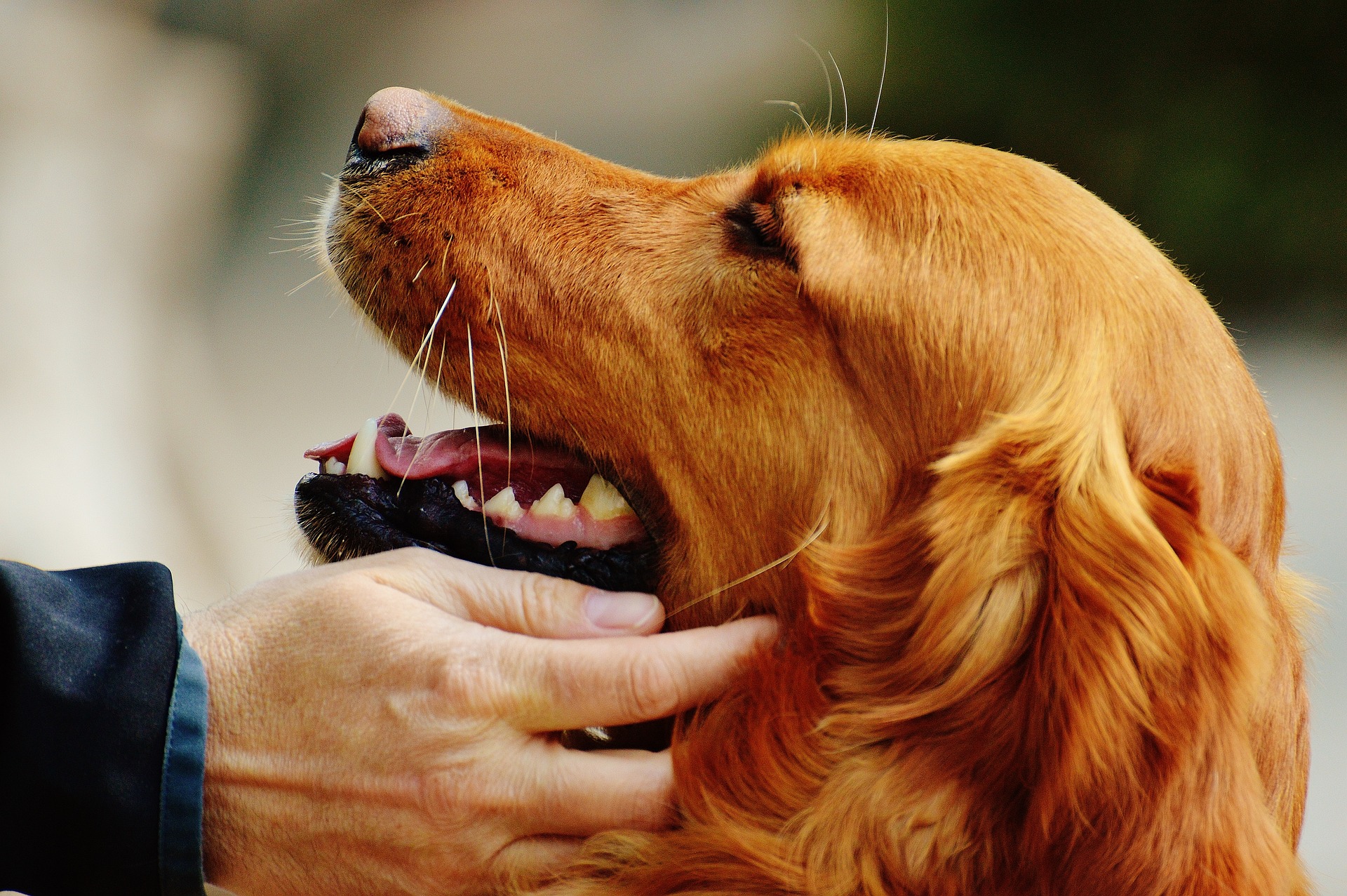
Every dog is unique and yours is no different.
When it comes to setting up a training plan that fits your life and needs, we can help.
We offer training plans that are flexible, whether that means you come to us or we come to you. Whether that means you need us to teach your dog for you or you’d like to be involved every step of the way.
We pride ourselves on giving that personal touch you need to get your goals met. No two families are exactly alike and we know that.
Message us to get your free consultation and see how a tailored training plan is right for you.

